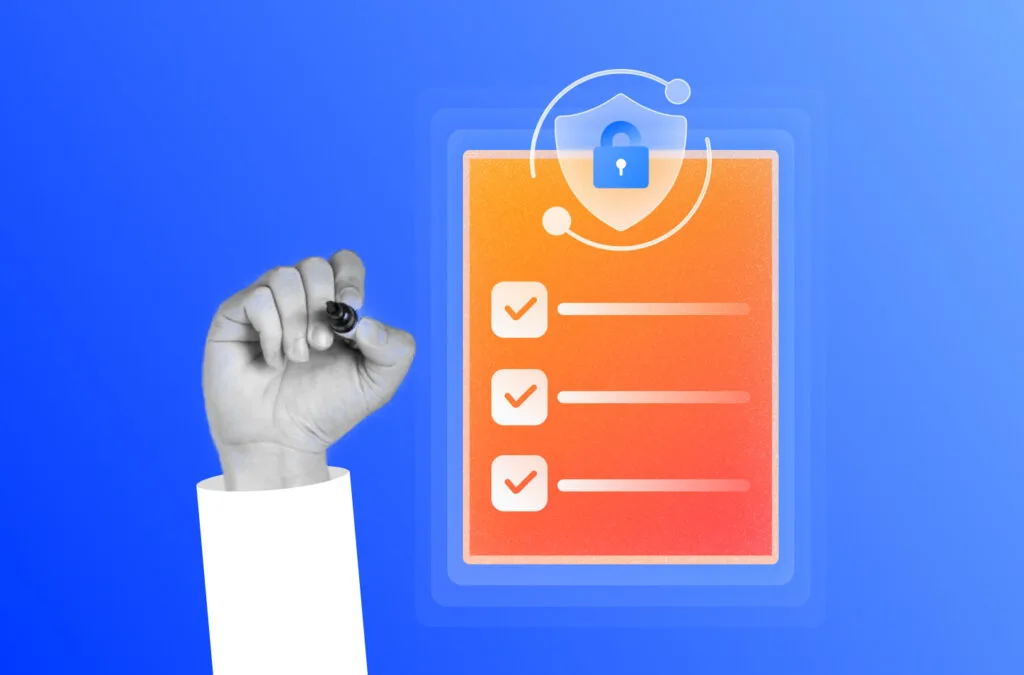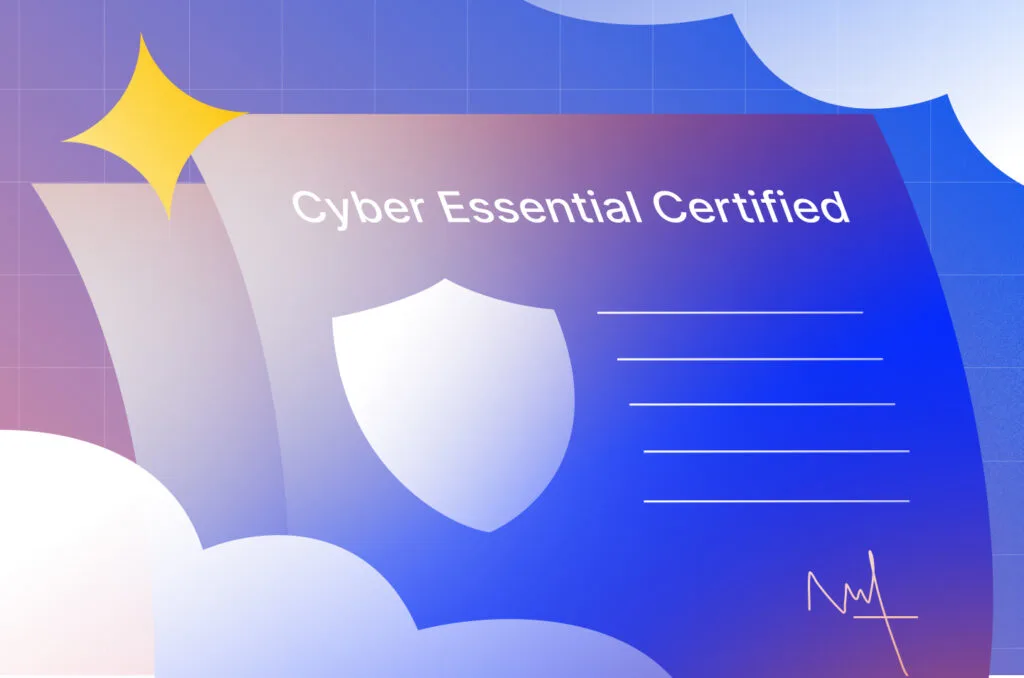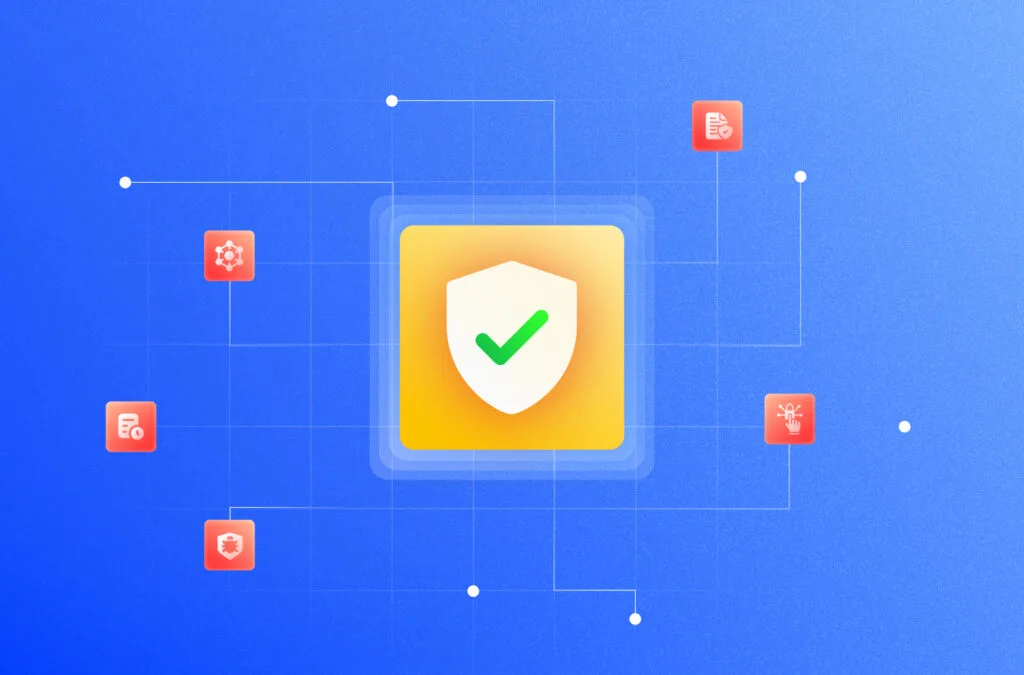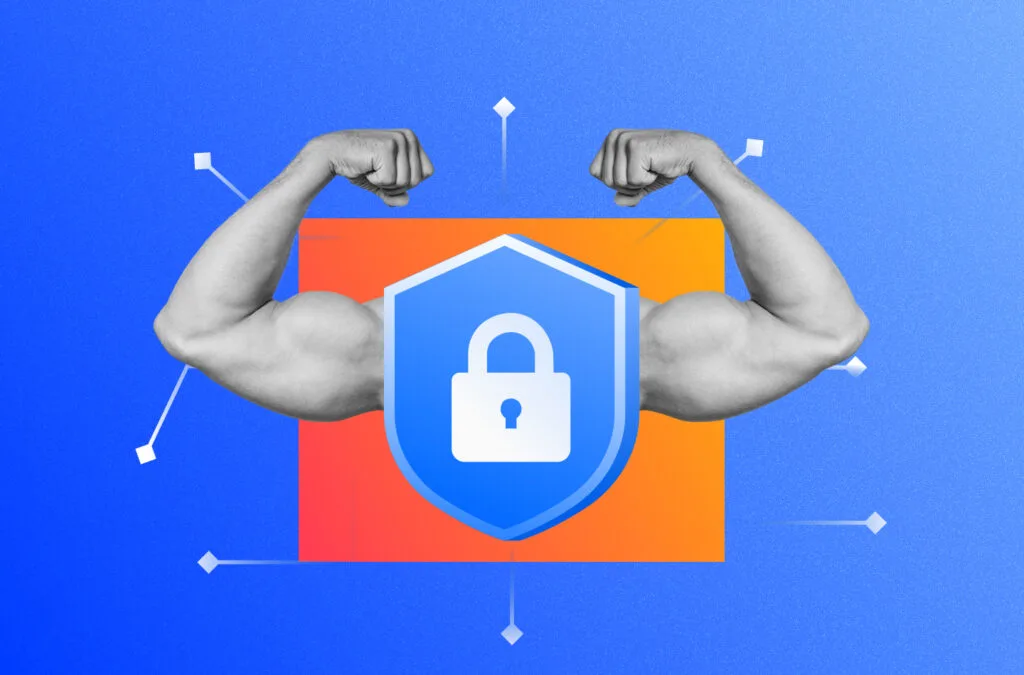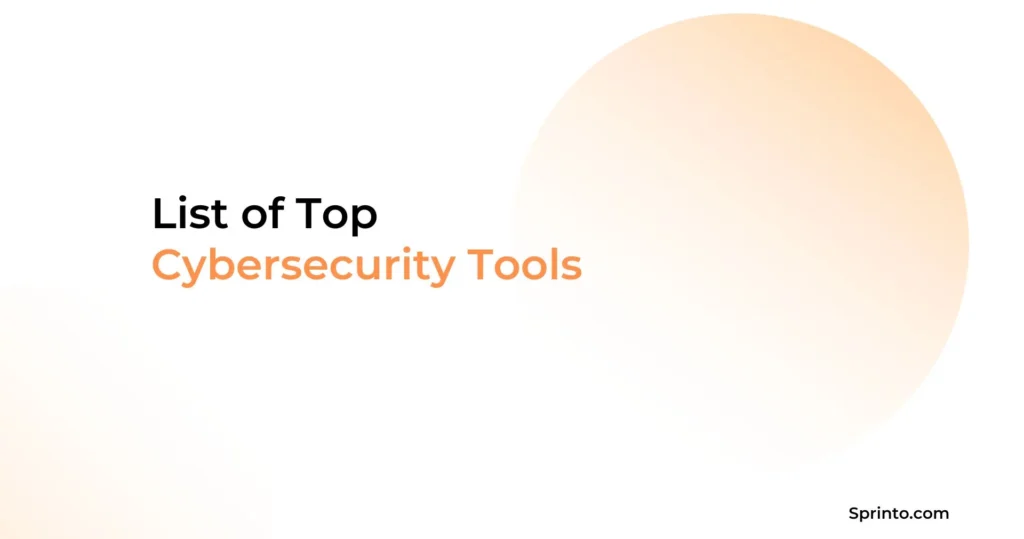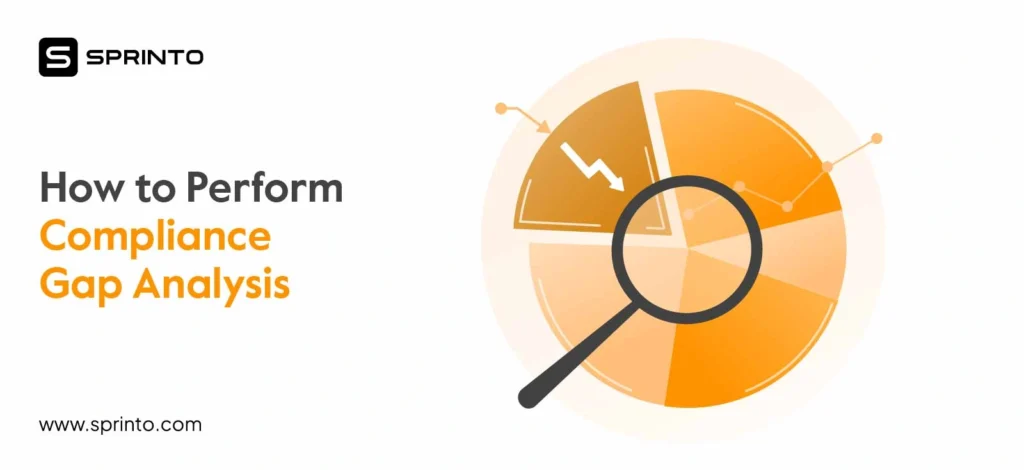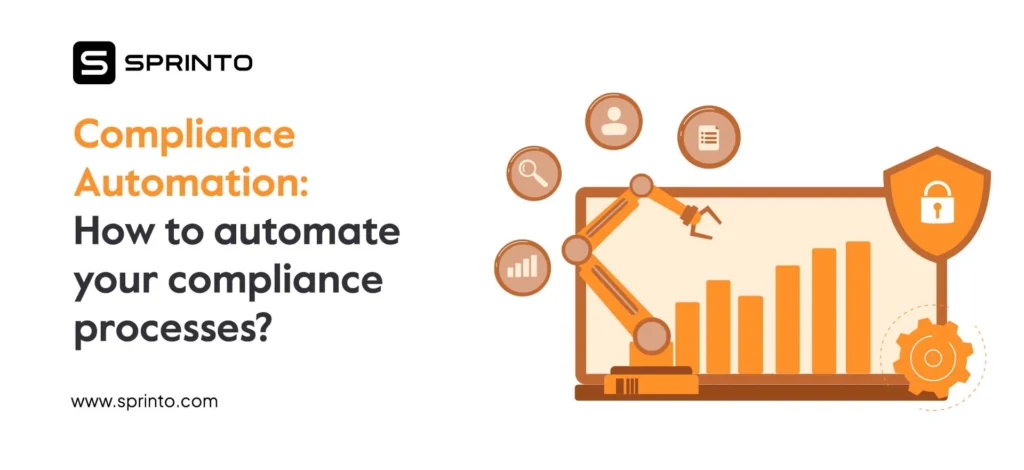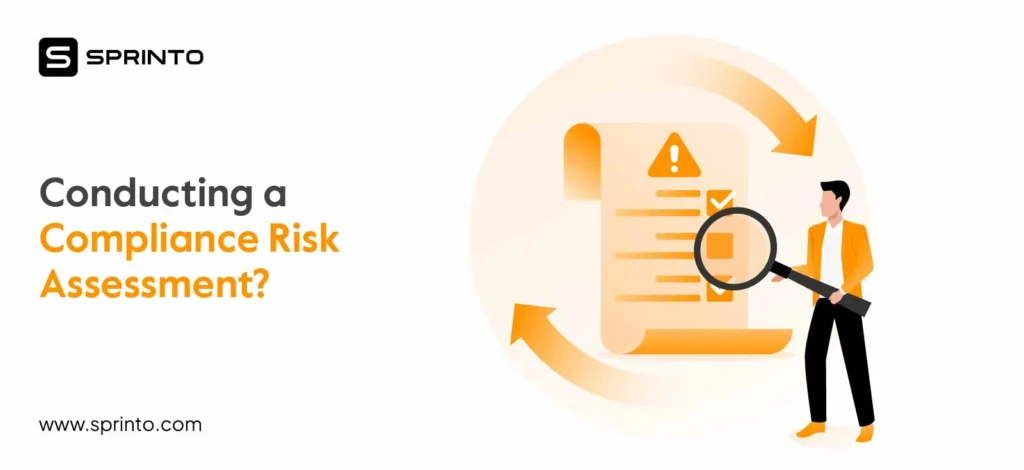We have noticed that over the past few years, compliance has become one of the biggest priorities for organizations of all shapes and sizes.
And there’s good reason for that.
A rapidly growing threat landscape, a series of high-profile data breaches, and the first AI-specific compliance, have raised both the scrutiny and the price of missteps.
While a growing group is turning to modern processes, technology, and talent to turn this complexity into insight and competitive advantage, many organizations are still diverting resources, delaying strategy, and absorbing rising costs.
The statistics that follow highlight where the pressure is building, and will tell you how to strengthen controls, reallocate spend, and hard-wire flexibility into your programs.
TL;DR
| Compliance is getting costlier and more complex with new rules and mandates emerging faster than most teams can adapt. |
| AI compliance audits, GDPR fines in the billions, and mega-breaches costing hundreds of millions are no longer rare events. |
| Automation, common control frameworks, and smarter vendor oversight are proving to slash costs, cut audit time, and improve decision-making. |
Top Compliance Trends Shaping 2025
The compliance landscape is more complicated and connected than ever, thanks to digital transformation, cross-industry innovations, and new business models.
Let’s see some emerging and rapidly changing verticals of compliance, and what’s impacting them:
Rise of AI in compliance
AI is reshaping business and data rules, and companies are taking notice.
This year, 58% of organizations say they worry about how AI could change compliance requirements. In response, more than 90% have already implemented an AI-specific compliance policy or are drafting one.
PwC’s 2025 Global Compliance Survey shows AI moving from experiment to essential:
- 71% of executives already view AI as a net positive force for compliance, and 46% are piloting or using it in data-driven analytics, while more than a third (36%) apply it to fraud detection.
- At the same time, the technology’s upside is tempered by new obligations: 89% of respondents worry about data privacy and security risks when deploying AI controls.
A-LIGN’s 2025 Compliance Benchmark Report also highlights some recent developments in the intersection of compliance and AI:
- 90% of organizations already have — or are building — an AI-compliance policy.
- 76% of the surveyed organizations aim to earn an AI audit or a certificate within 24 months, and 53% target the same within 12 months.
- 61% of software firms expect to comply with AI standards in the next year.
These are the top AI compliance that organizations are considering, according to A-LIGN’s findings:
| Regulation | Interest by pursuing organizations |
| HITRUST AI Risk Management Assessment | 45% |
| ISO 42001 | 43% |
| TRUSTe | 23% |
| NIST AI Risk Management Framework | 31% |
ESG and the Rise in Regulatory Pressure
Across all 1,802 organisations in PwC’s 2025 survey, nearly one-in-three (30%) already place environmental and sustainability rules in their top-five compliance risks.
The ESG priority is a bigger challenge for some heavily emitting industries, like Energy, Utilities and Resources (EUR).
In the EUR sector, 50% of compliance managers rank green regulation as their biggest roadblock.
This comes as governments are introducing more demanding frameworks: Europe’s Green Deal, Sustainable Finance Disclosure Regulation (SFDR) and, most prominently, the Corporate Sustainability Reporting Directive (CSRD).
While the breadth of new rules is daunting, if you invest early in compliance automation systems and reporting architectures, you can cut costs, satisfy investors and stay compliant with strict disclosure timelines.
Cybersecurity and Privacy Remain the Biggest Influences on Compliance
Cyber and privacy risks are steering compliance roadmaps in 2025. Breaches are larger, AI use is widespread, and cross-border rules are tightening.
The result is more budgets being allocated for data visibility, incident response, and third-party oversight, and as you’ll see, it’s changing how organizations function as well.
- Across most industries, cybersecurity is a top-five compliance priority for 51 % of firms, and is closely followed by data protection and privacy (58% to 61%, depending on sector).
And these numbers are not likely to go down in the near future.
TrustArc’s 2025 Global Privacy Benchmarks Report, which collected data from 1,775 professionals, including privacy experts across the world, highlights two concerning findings:
- AI is the biggest privacy challenge. 46% of the surveyed professionals say that the implications of AI are “very/extremely” challenging.
- 43% struggle to ensure AI systems meet privacy requirements.
Those numbers are worrying for compliance because they point to a gap between fast-moving AI use and the controls regulators expect.
If AI is the top privacy challenge and many teams can’t ensure systems meet requirements, organizations risk unlawful processing, opaque automated decisions, inadequate vendor oversight, and weak audit trails.
Third-party Compliance
Handing over compliance duties to external agencies still remains a popular option.
- 64% of organizations rely on third-party partners to sell or deliver products.
- Vendor and payment-management controls feature in 49% of compliance programmes.
New laws such like the EU’s Digital Operational Resilience Act (DORA) and the U.S. FedRAMP standard are expanding the scope of compliance far beyond your organization.
“Compliance becomes manageable when companies start early. As you hire more people, build bigger products and serve more customers, adopting a compliance culture early on ensures long-term ease and efficiency”
Gurudev Mallesha: ISO Lead Auditor at Sprinto
Great advice adds up. Get more from the brightest minds in GRC — Subscribe to our newsletter
Cost of Compliance vs Cost of Non-compliance
In 2025, organizations that invest steadily in compliance report clear savings and faster decisions; those that don’t are paying through fines, breach cleanup, and business disruption.
The Cost of Compliance
Compliance spend typically covers personnel, audits, certifications (like SOC 2, ISO 27001), tooling and third-party due diligence.
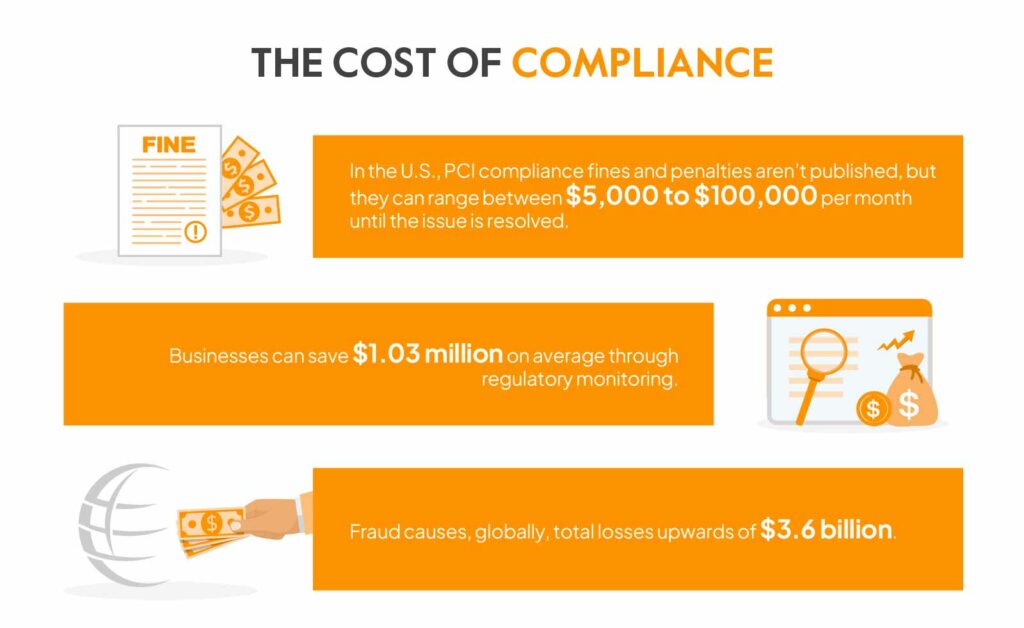
- A-LIGN’s benchmark shows teams spend months each year getting through audits; larger companies manage several audits annually (SOC 2 plus others). Many still lack dedicated compliance staff, so efficiency matters.
- PwC’s 2025 Survey found tech investments result in 64% better risk visibility, 53% faster issue response, 48% higher-quality reporting, 46% more confident decisions (46%), and 43% productivity and efficiency gains with cost savings. In short, smarter compliance cuts internal costs and speeds work.
- 77% of leaders said rising compliance complexity has already hurt growth to some or a great extent — another reason to industrialize the function and remove friction.
The Cost of Non-compliance
Non-compliance costs show up as regulatory penalties, breach remediation, lawsuits, and lost productivity.
Regulatory Penalties Are Large and Frequent.
- The U.S. SEC ordered $8.2 billion in financial remedies in FY2024, including $600M in penalties for recordkeeping failures alone.
The SEC also notes that firms that self-report and remediate can receive reduced or even no civil penalty. This is a direct incentive for strong compliance.
- In the EU, total GDPR fines recorded reached ~€5.65 billion by Mar 1, 2025, with multiple €250 to €345 million fines issued in 2024 to companies like Uber and Meta.
Perhaps the bigger price you pay for non-compliance is devastating data breaches.
- The global average cost of a data breach is estimated to be $4.4 million in 2025.
- Mega-breaches (breaches involving over 50 million records) cost organizations around $375 million on average.
- Extensive use of security and automation saved around $1.9 million per breach on average.
- As expected, governance gaps turned out to be costly. Among organizations that suffered an AI-related incident, 97% lacked proper AI access controls, and 63% lacked AI governance policies.
| Some tips to reduce compliance costs Nowadays, even a moderate breach or enforcement action can erase years of sensible compliance investment. To not let that happen, here’s some pointers: — Standardize and consolidate audits. Reduce duplicative evidence requests and unify frameworks to lower prep time and consulting spend. — Invest in a compliance automation platform. Organizations are already seeing cost savings and faster decisions from automation and better data plumbing. A platform like Sprinto automates up to 90% of the work, including the hardest of them all — evidence collection and management. — Engage early and self-report. In enforcement matters, proactive compliance and cooperation can materially reduce penalties. Build that posture before you need it |
Compliance Statistics by Framework
Each compliance framework has its considerations as well as trends. We’ll cover some of the most popular ones to stay on top of changes across frameworks.
SOC 2 Compliance Statistics
Buyers, especially businesses, continue to expect SOC 2 certification. As you’ll see, audit counts are rising and scopes, including confidentiality and availability, are widening. With that, AI governance is also becoming a standard line item inside SOC programs.
- SOC 2 has become a standard certification, and it alone is not enough. 92% of organizations now conduct two or more audits per year, while 58% conduct four or more.
- According to A-LIGN, SOC 2 consistently ranks among the top three in the list of most important compliance frameworks for all industries and revenue categories.
- In a CPA-led benchmark of real SOC reports, confidentiality was included in 64.4% of SOC 2s (up from 34%), availability in 75.3%; SOC 2+ (mapped to other frameworks) was 9.6%.
Erika Fry, who heads IT Security at Boomi, comments:
“Having a SOC 2 report is the bare minimum in compliance. As organizations increasingly depend on third-party providers to handle sensitive information, having a SOC 2 report is a fundamental benchmark.”
ISO 27001/NIS2/FedRAMP compliance statistics
ISO 27001 remains the most widely recognized information security certification worldwide and is often paired with SOC 2 for vendor risk reviews.
We will consider the ISO Survey 2023 as the baseline until the next release.
- ISO recorded 48,671 valid ISO/IEC 27001:2013 certificates and 81,264 certified sites as of December 31, 2023. ISO notes that the 2023 counts exclude some data from China.
HIPAA Compliance Statistics
HIPAA is an essential compliance requirement by healthcare entities to keep sensitive Patient Health Information(PHI) safe. In the healthcare industry, HIPAA compliance remains as relevant as ever.

- In 2023, 725 breaches of 500+ records were reported to OCR. The HIPAA Journal notes that 2023 set records for both breach count and records exposed.
- 2023 saw 168,000,000 records exposed, with 26 breaches over 1,000,000 records and 4 over 8,000,000.
- Through October 31, 2024, the U.S. Office for Civil Rights (OCR) reports 152 settlements and civil monetary penalties totaling $144.88 million since HIPAA enforcement began. It has received more than 374,000 complaints and resolved over 31,000 cases with corrective action.
- In 2024–2025, OCR launched the HIPAA Audit Program and is surveying 50 covered entities and business associates. A public industry report will be released after the program concludes.
- For the Change Healthcare incident, OCR notes that approximately 130,000,000 notice letters had been sent by January 24, 2025, and about 190,000,000 individuals were affected.
GDPR Compliance Statistics
The GDPR framework is created by the European Union to protect the personal information of citizens residing in Europe and applies to companies both working within the EU or dealing with citizens of the EU.

- As of March 1, 2025, the CMS GDPR Enforcement Tracker lists 2,245 fines, or 2,560 if you include cases with partial data, totaling approximately €5.65 billion.
- In 2024 and 2025, several penalties entered the “Top 10” by size, including LinkedIn at €310 million in October 2024 and Meta at €251 million in December 2024.
NIS2 Compliance Statistics
With NIS2, most organizations anticipate higher staffing and budgets, while delays in national transposition complicate precise obligations and timelines.
- ENISA’s NIS Investments 2024 surveyed 1,350 organizations across EU Member States.
- 89% of organizations expect to need more cybersecurity staff to meet NIS2, 34% foresee a permanent budget increase, 51% report leadership cybersecurity training and 92% are aware of NIS2’s scope.
- In 2025, the European Commission called on 19 Member States to fully transpose NIS2 after the October 17, 2024 deadline.
FedRAMP Compliance Statistics
In the United States, FedRAMP throughput improved notably in 2025, which shortens the time to authorization and broadens options for vendors seeking U.S. federal customers.\
- Under the 2025 “20x” acceleration, FedRAMP reports more than 100 cloud services authorized in the past six months, review queues under 15, and typical review times under five weeks.
As of July 30, 2025, year-to-date progress includes 118 authorized products. GSA highlighted several 2024 initiatives to expand and streamline authorizations.
Additional Compliance Framework Statistics
International compliance standardization and payment data security gain importance by the year. Below are a few takeaways on the state of compliance for the ISO 27001 and PCI DSS:

1. PCI fines in the U.S. can range between $5,000 to $100,000 per month until the issue is rectified.
Source: VikingCloud
2. Organizations achieving and maintaining PCI compliance reached 43.4% in 2020.
Source: Verizon
3. The ISO has placed 24,780 international compliance standards, with over 1,412 standards added in 2022.
Source: ISO
4. ISO members are represented in 168 countries.
Source: ISO
Technology and tools in compliance management
Believe it or not, 85% of companies say compliance has become more complex in the past three years.
Nearly half experienced a breach in the last year, and an average breach now costs 4.88 million dollars. These pressures are why teams are standardizing on purpose-built tools.
GRC and integrated risk management systems are the most common tools in this space. They centralize policies, map controls to regulations, assign tasks, and produce audit-ready reports.
- 49% of companies already use technology for 11 or more compliance activities, and 82% plan to invest more in automation.
- Reported benefits include better risk visibility (64%), faster issue detection (53%), improved reporting (48%), and cost/productivity gains (43%).
Continuous controls monitoring, or CCM tools, also help as they connect to your cloud and on-premises systems, test controls continuously, and collect evidence automatically. Teams use them to move from “point-in-time” checks to ongoing assurance; one reason many organizations cite faster identification and response as a top technology benefit.
- On average, organizations process thousands of privacy compliance metrics per year, and automation helps keep that manageable.
- Many are buying now: 77% plan to purchase data-risk visibility tools and 72% are building or planning Trust Centers.
Lastly, tools for vendor onboarding, due diligence, continuous monitoring, and contract tracking are also becoming standard as supply-chain risk grows.
- Nearly half of risk leaders believe a major third-party incident could cost over 50 million dollars.
- 38% of organizations call vendor management a top privacy challenge.
With rising challenges and complexities, tools that simplify and automate the compliance process have become the need of the hour.
Best Practices to Reduce Compliance Costs
Here are five practical ways to lower compliance costs without lowering your guard. They build on each other, so you can read straight through and apply them in order.
1. Rationalize the Scope Before You Spend
Lay out every regulation, framework, and customer requirement you claim to meet, then trim the excess.
Merge overlapping controls, retire frameworks that no longer help you win or retain business, and keep a single control library so you aren’t maintaining five versions of the same rule. Once the scope reflects reality, everything that follows gets cheaper and easier.
2. Automate Evidence and Control Monitoring
Manually chasing evidence is as inefficient as it could be. A compliance automation platform pulls evidence straight from your cloud, CI/CD, HR, and ticketing systems and tracks controls continuously.
With a compliance automation platform, you get common controls you can reuse across frameworks, broad integrations, and an auditor workspace that keeps reviews asynchronous.
Not to toot our own horn, but Sprinto has all of this and more, which earns it the label of being the #1 rated compliance automation platform.
The result is fewer all-hands audit weeks, cleaner evidence, and faster renewals, which translates directly into lower run costs.
3. Prioritize by Risk, Not by Checklist
Treat each control as an investment. Fund what reduces the biggest risks or carries the stiffest penalties, and right-size nice-to-have requests that won’t change your exposure.
A simple impact-likelihood model is enough. When spending follows risk, budgets won’t disappear into low-value work.
4. Standardize Third-party Oversight
Many incidents start with vendors and business associates, so make the review process strict and predictable. Tier suppliers by data sensitivity and access, match diligence depth to the tier, and favor independent attestations like SOC 2 or ISO 27001 where possible.
If you find this too challenging, don’t worry — Sprinto has a curated list of authorized third-party vendors.
5. Build Audit-ready Operations
Finally, audits cost less when they confirm the way you already run. Keep a living evidence calendar tied to control owners, document exceptions as you go with clear remediation timelines, and run light internal spot checks each quarter.
Trend-watching that actually saves money
Regulation never stands still, and neither do attackers or auditors.
A quick check on the state and trends of compliance keeps your program realistic, budget-friendly, and pointed at the real risks.
If you want fewer confusions and more predictability, bring in automation. Sprinto centralizes controls across frameworks, pulls evidence directly from your stack, and gives auditors a clean workspace.
The outcome is steady compliance with less manual work, faster renewals, and a lot less worry. Book a demo today.
FAQs
Plan a light quarterly review and a deeper refresh every six to twelve months. The quarterly pass should confirm that control owners, evidence cadences, and vendor tiers still match your risk.
Start with a common control library that maps one set of controls to several frameworks. Align key domains first: access, change management, vulnerability management, logging, incident response, and vendor risk. Then automate evidence collection from your cloud, identity, CI/CD, and ticketing tools. Platforms like Sprinto help you avoid duplicate work by reusing controls and artifacts across SOC 2, ISO 27001, HIPAA, and GDPR-related requirements.
Overspend shows up in duplicated controls, manual evidence hunts, and vendor reviews that are the same for everyone, regardless of risk. Fix it by rationalizing scope, assigning clear owners, and tiering vendors by data sensitivity and access.
Pansy
Pansy is an ISC2 Certified in Cybersecurity content marketer with a background in Computer Science engineering. Lately, she has been exploring the world of marketing through the lens of GRC (Governance, risk & compliance) with Sprinto. When she’s not working, she’s either deeply engrossed in political fiction or honing her culinary skills. You may also find her sunbathing on a beach or hiking through a dense forest.
Explore more
research & insights curated to help you earn a seat at the table.









